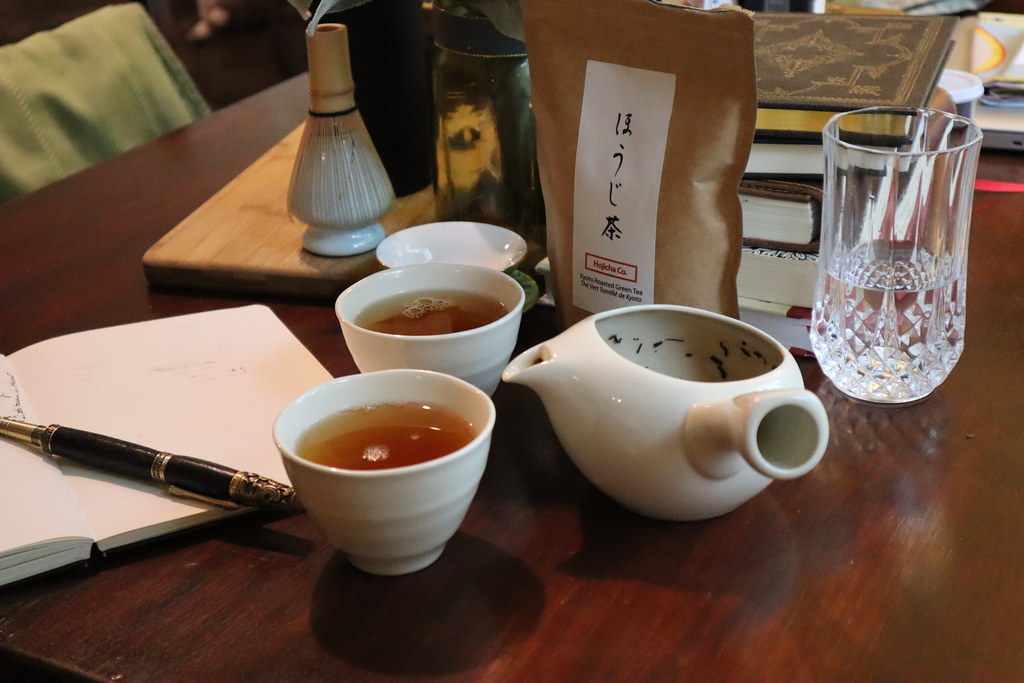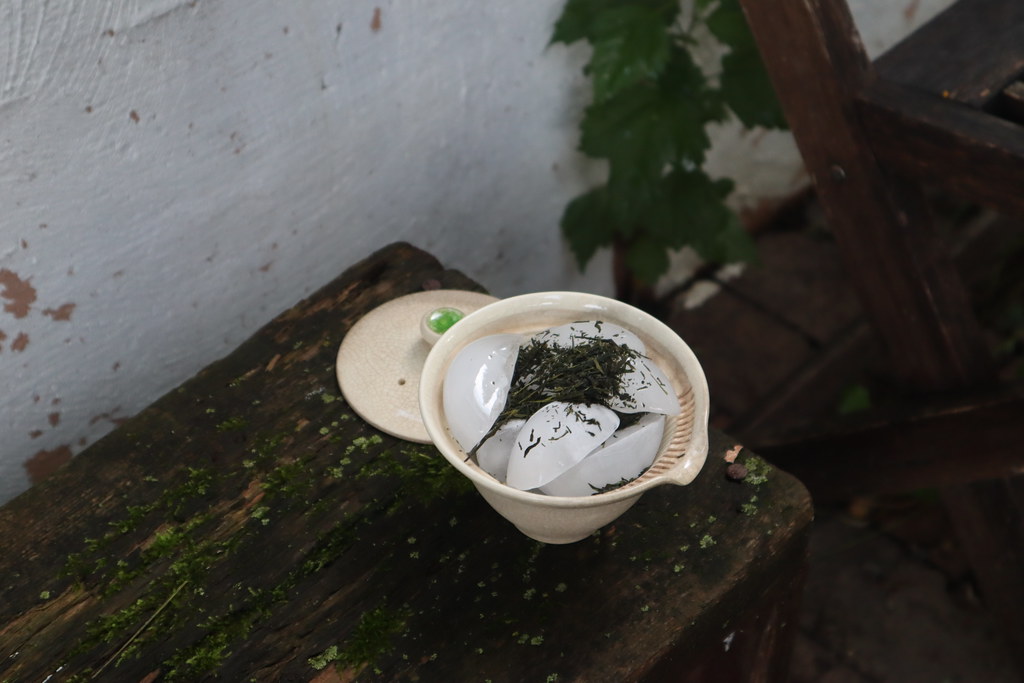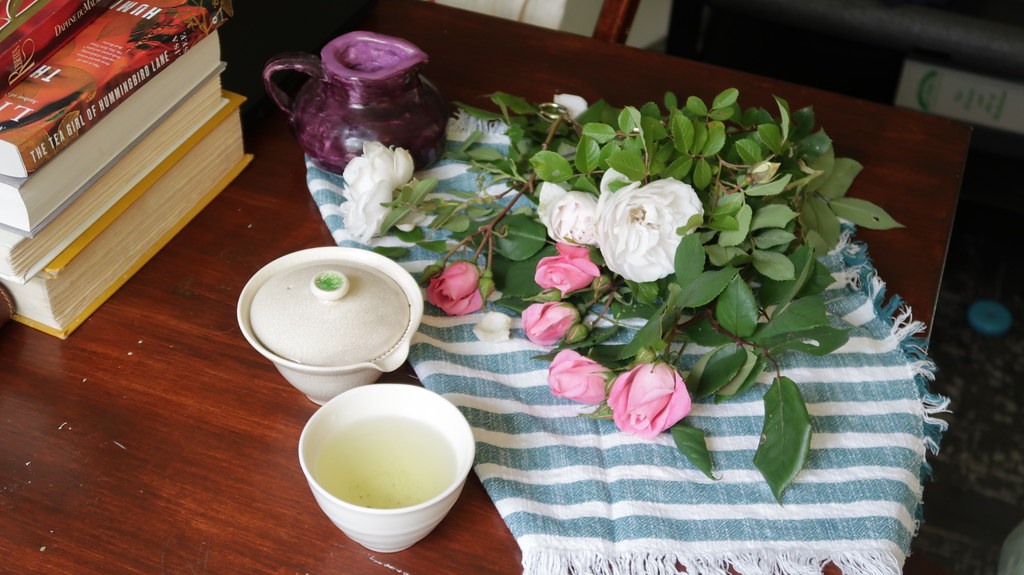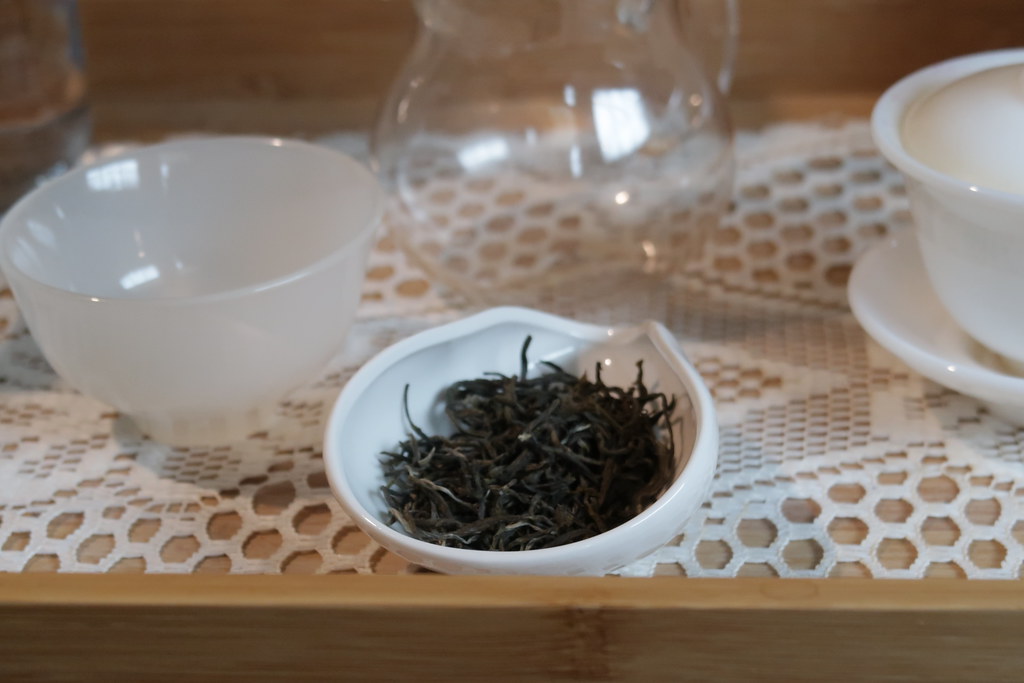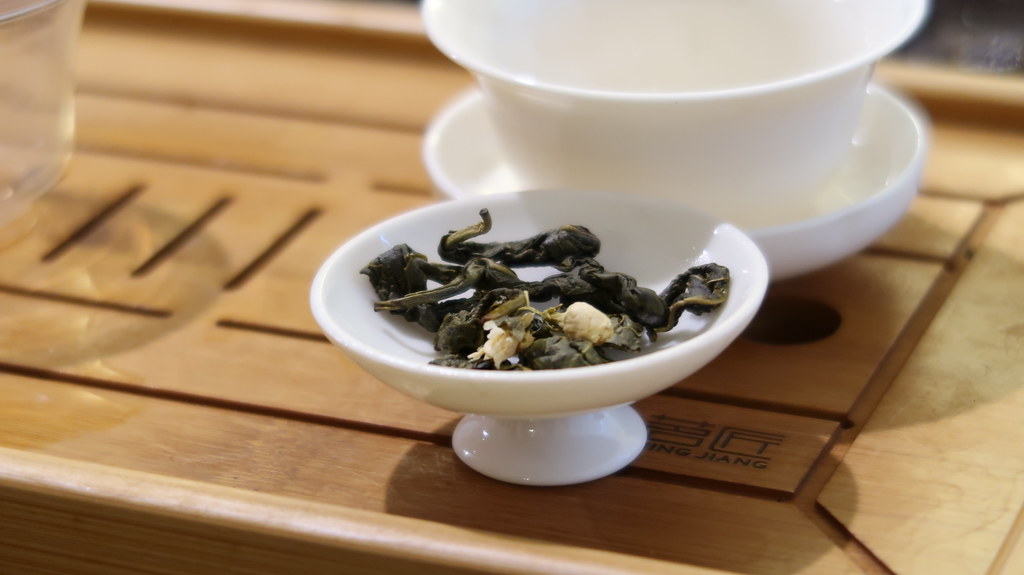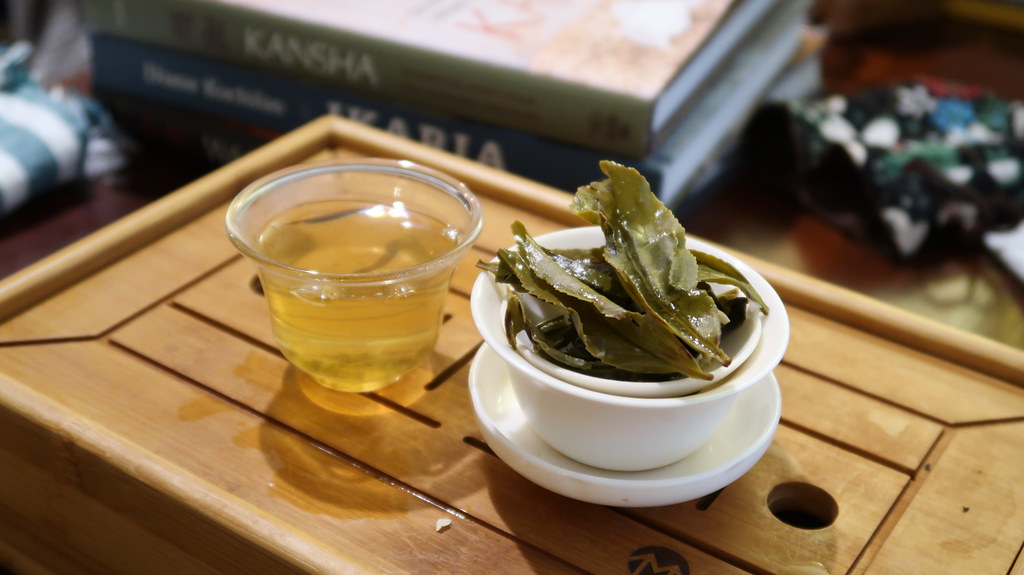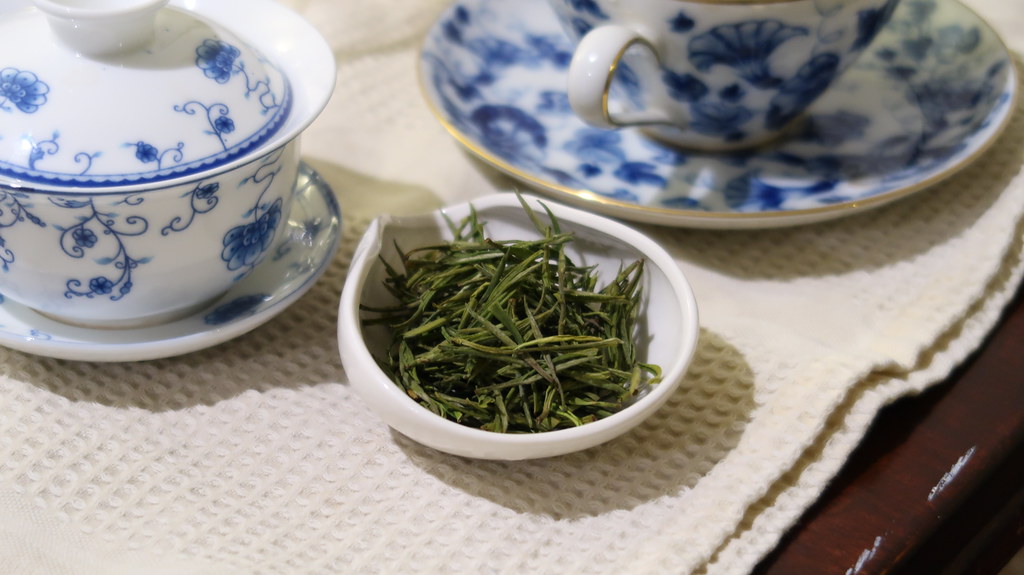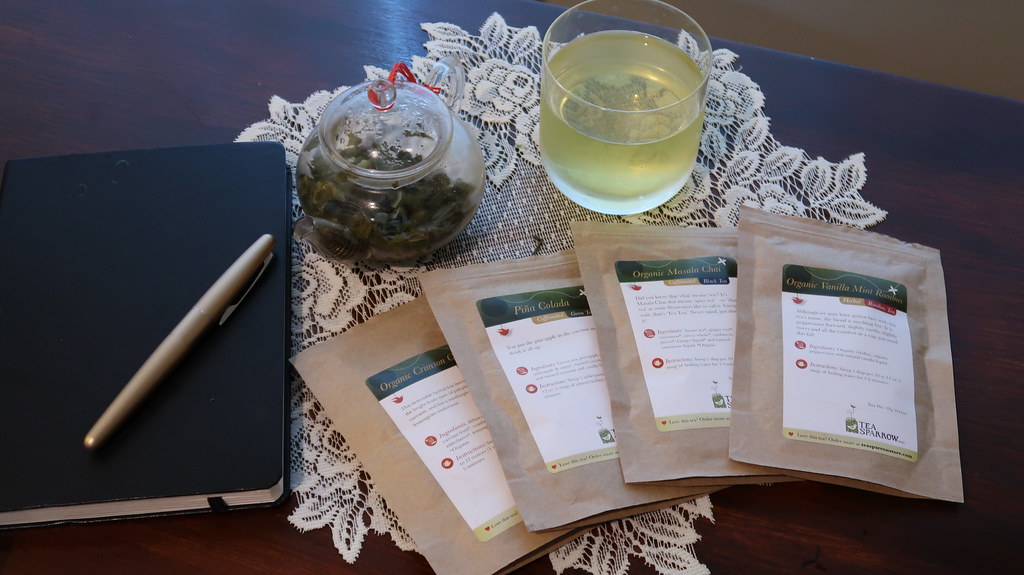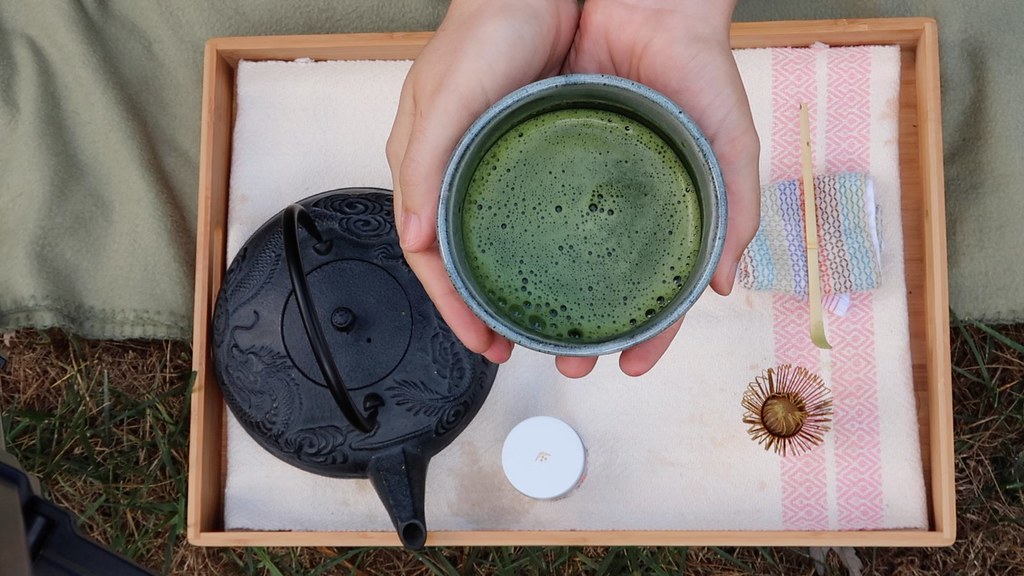NB: This post has been sponsored by Hojicha Co. All thoughts are my own.
Recently, Francois from Hojicha Co contacted me to see if I would like to taste and write about their newest release, Hojicha Classic, which releases today. Now, I’ve written about my love for their hojicha in the past, as well as shared a video about how their dark roast is my quintessential autumn tea. So when Francois mentioned that this release was a medium roast that was inspired by the classic methods of roasting hojicha in cafes in Kyoto, I was intrigued. I know how roast level affects my enjoyment of coffees, so I was curious how it would affect hojicha.
But the thing that hooked me in properly was his description of how this hojicha was intended to remind you of sitting in a cafe in Kyoto, having a cup of tea. Because I recently had to cancel my planned trip to Japan, the idea of experiencing a small part of that trip through tea sounded lovely. And the experiential side of tea tasting is something about which I’ve been thinking for a while. Eventually, I want to create a flavor and aroma wheel that takes into account how different flavors and aromas can evoke memory and emotion. So I thought I would share a bit about the experience of trying this tea, along with the actual concrete tasting notes themselves.
First of all, the hojicha from Hojicha Co is excellent, but their branding is also spot-on. Upon seeing the box on my front stoop, I cut into it and emptied the box onto a clean surface so I could discard the box and wash my hands. The contents of the box are already gorgeous. The simplicity of brown paper wrapping with a coarse twine tying it up, with just the simple Hojicha Co business card tucked into the twine not only sticks to their color scheme of brown to match the color of hojicha leaves, but also evokes the rustic simplicity of a product that until recently was a tea primarily enjoyed within Japan, and not a fancy export tea.
From there, I opened the bag and was greeted with an intense aroma of freshly roasted nuts. It definitely smelled less roasted than their dark roast, but was still a pronounced warm aroma. The leaves are a uniform dark brown color, and are uneven in size, which makes sense given hojicha’s typically-humble origins.
I measured out eight grams of tea leaves while enjoying the cozy aromas of the dry leaf, and set my kettle to 90C. I used an open-top porcelain kyusu that holds about 300 ml, so I also weighed my water to ensure I was only adding 250 grams of hot water. I steeped the hojicha three times, for thirty, forty-five, and sixty seconds respectively.
Immediately upon pouring out the first pot, I noticed that the wet leaf aroma reminded me strongly of a yancha, though the liquor aroma was very roast-forward without any of the fruity or sweet notes in the nose that I often get from yanchas. But upon sipping the cup, I realized that not only was this a very smooth tea with a balanced roast flavor, but that fruitiness and juiciness came through. There was a slight tannin in the back of my throat as an aftertaste. On the second steeping, the roast flavor and aroma moved to the background, while the umami notes came forward and the tannic aftertaste faded completely. By the third steeping I was feeling hungry, so I decided to try the third steeping alongside a piece of homemade sourdough with chocolate hazelnut spread, which complemented it very well. The umami and the roast both accentuated the nuttiness and cut through the sweetness of the chocolate spread. The third steeping was lighter in flavor, but still bold enough to stand against a snack.
As I sipped the tea, I felt a deep, comforting warmth rise up in my body. It is still hot here, though the mornings are cooler, so the body warmth was not unwelcome. I will definitely make sure to save at least a little of this try to in the middle of autumn when I start to miss spring and summer warmth. The whole experience is one of comfort. I’ve talked before of how the dark roast evoked memories of fireplace fires and crisp evenings in autumn. This feels somehow more urban than suburban. I can definitely see how tea sellers could have used the aroma of roasting hojicha to lure in customers, and the simple act of sitting at my table with a cup of hojicha and a piece of sweet toast made me feel for a fleeting instant as if I were having a quiet break at an off-the beaten-path cafe in Kyoto.
At $16 for 80 grams of tea, this is certainly cheaper than a flight to Japan, and quite a bit more flexible in a time when many of us are canceling travel for the foreseeable future. It won’t bring back my trip, but it is an enjoyable little piece of Japan I can enjoy at home.
NB: Product provided free of charge for this sponsored post. If you are interested in collaborating with me, please see my collaboration information.


